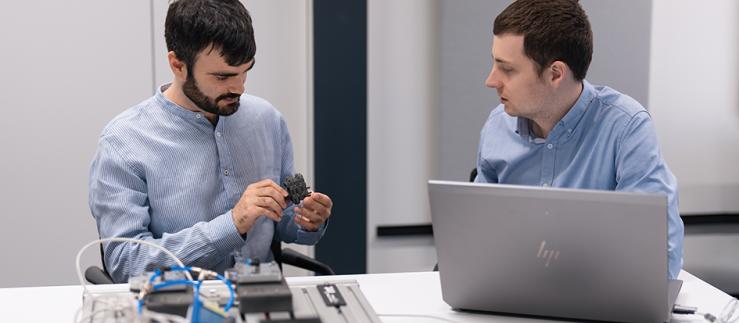The intelligent sensor developed at Lucerne University of Applied Sciences and Arts in partnership with the Zurich-based company ELEKTRON AG is called Iris-Eye. Once attached to street lamps, it is able to identify and distinguish between animals, people and vehicles. Illumination can consequently be adjusted according to the given situation. For example, if the sensor recognises that a person is walking past, it informs the two adjacent sensors of their presence, so they can increase their illumination intensity. If a car is detected then several nearby street lamps will be informed, but an animal would not trigger any increase in lighting.
While traditional sensors can perceive movement and speed, they are not able to distinguish between approaching objects. In this Iris-Eye sensor network, the researchers therefore employed energy-saving mini cameras, mini processors and intelligent imaging. “Especially areas with low activity would be able to reduce their energy consumption and light pollution by up to 80 per cent as a result, without putting safety at risk,” said Prof. Dr Klaus Zahn from the Intelligent Sensors and Networks Competence Centre at the Lucerne University of Applied Sciences and Art.
Iris-Eye has been designed with a modular and expandable structure so that it can also be used for other applications. Examples mentioned on the University website include the illumination of platform edges at railway stations and pedestrian crossings.






